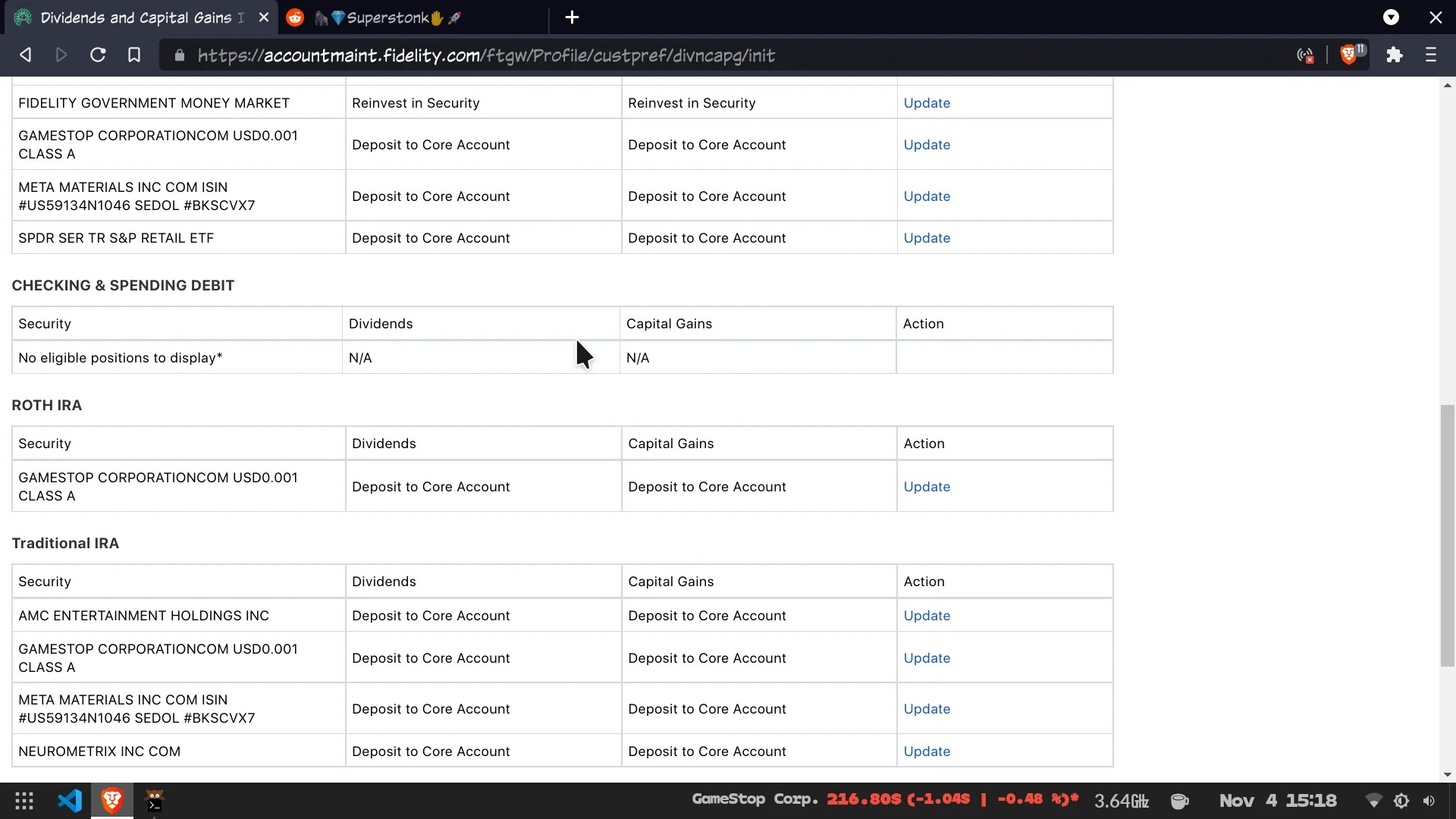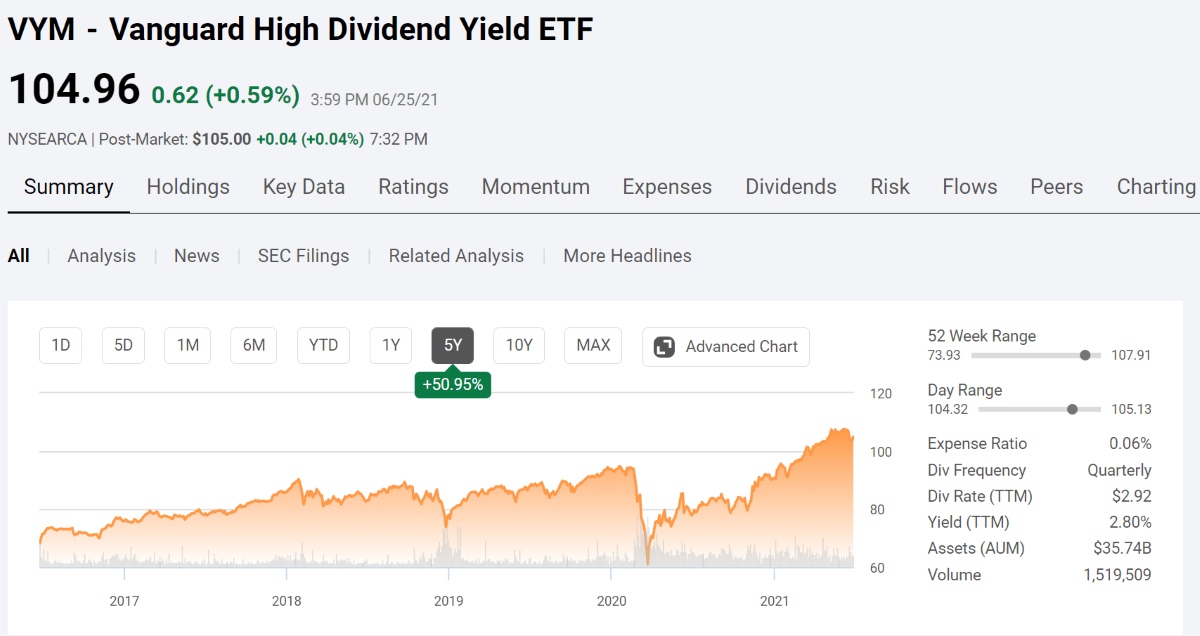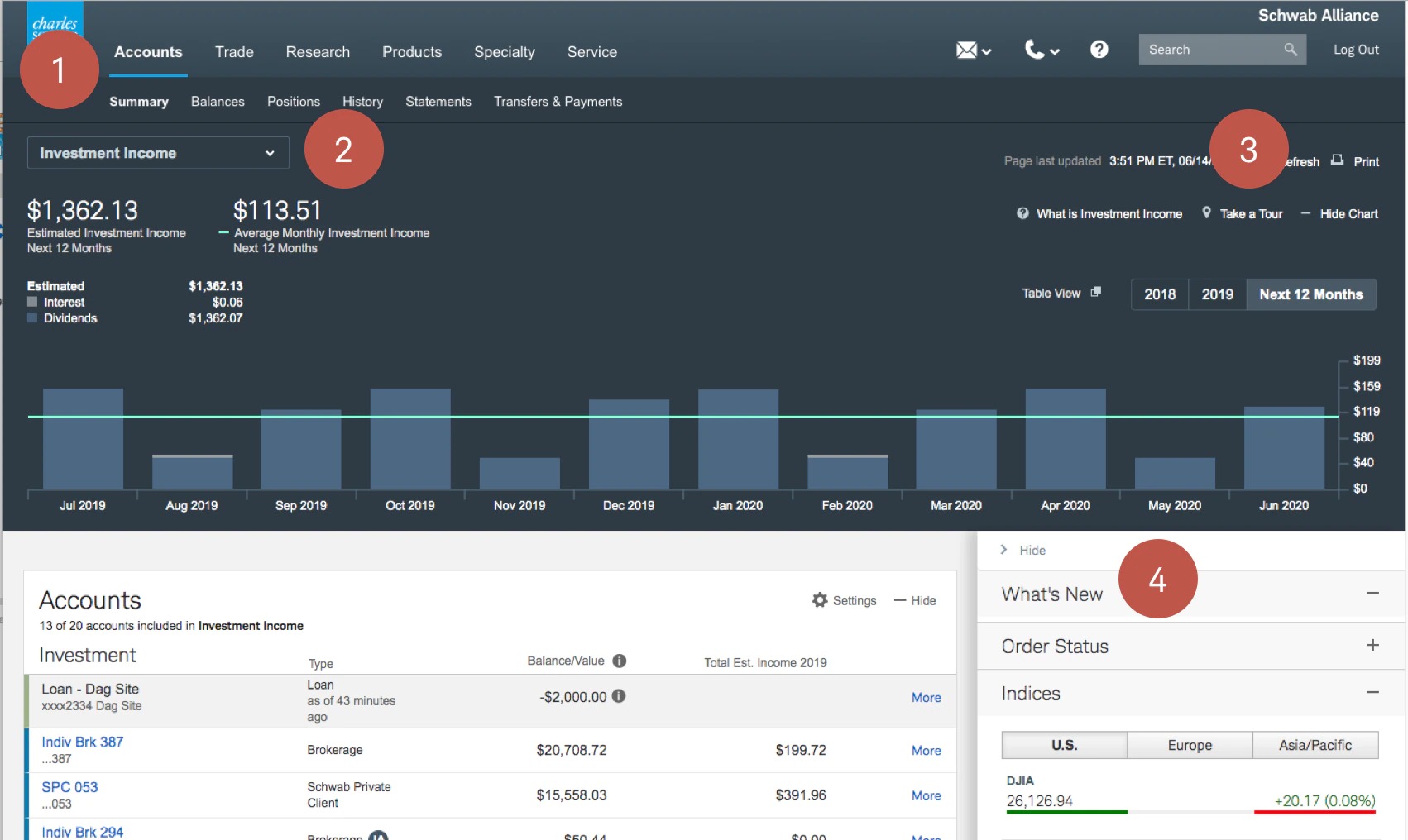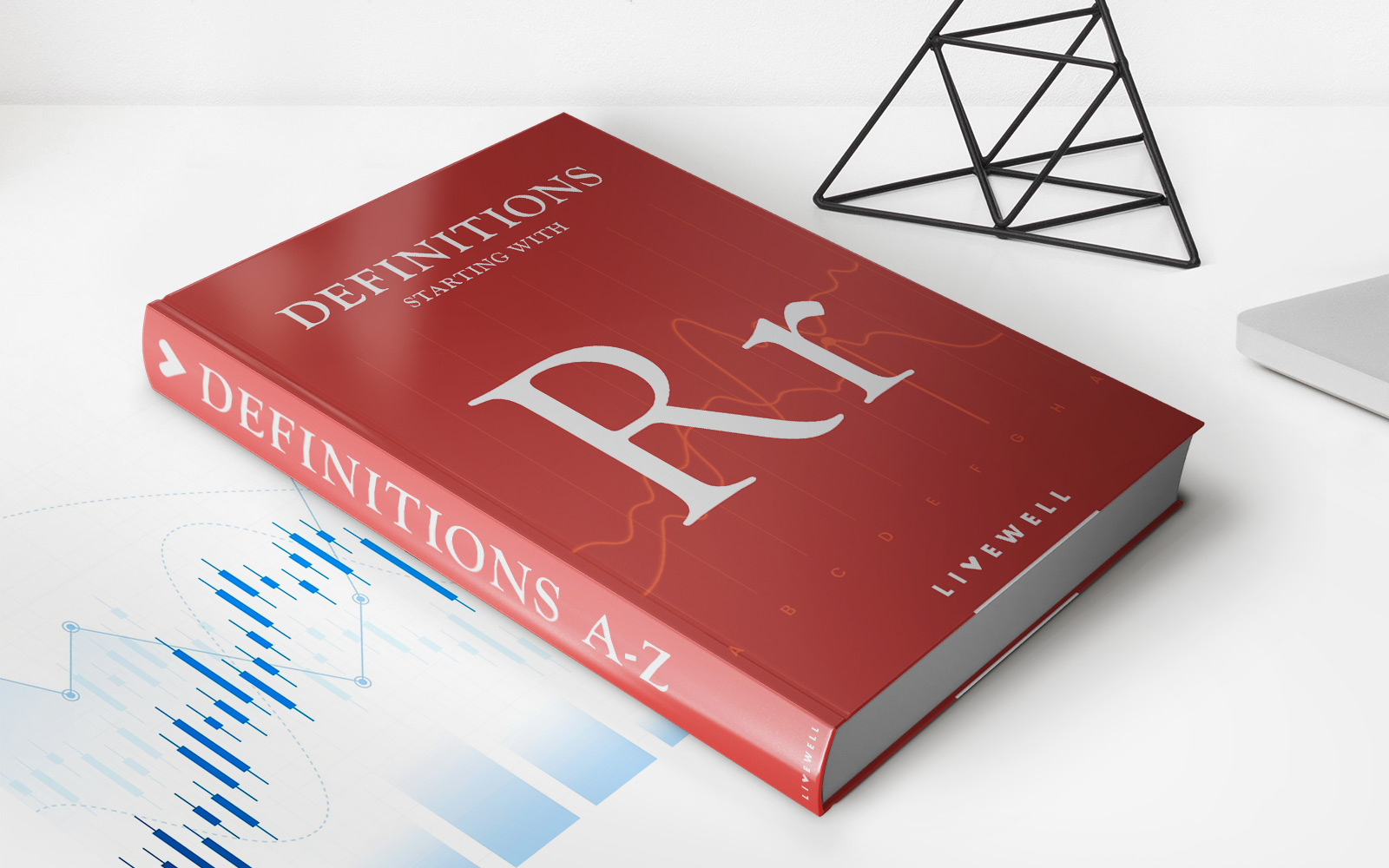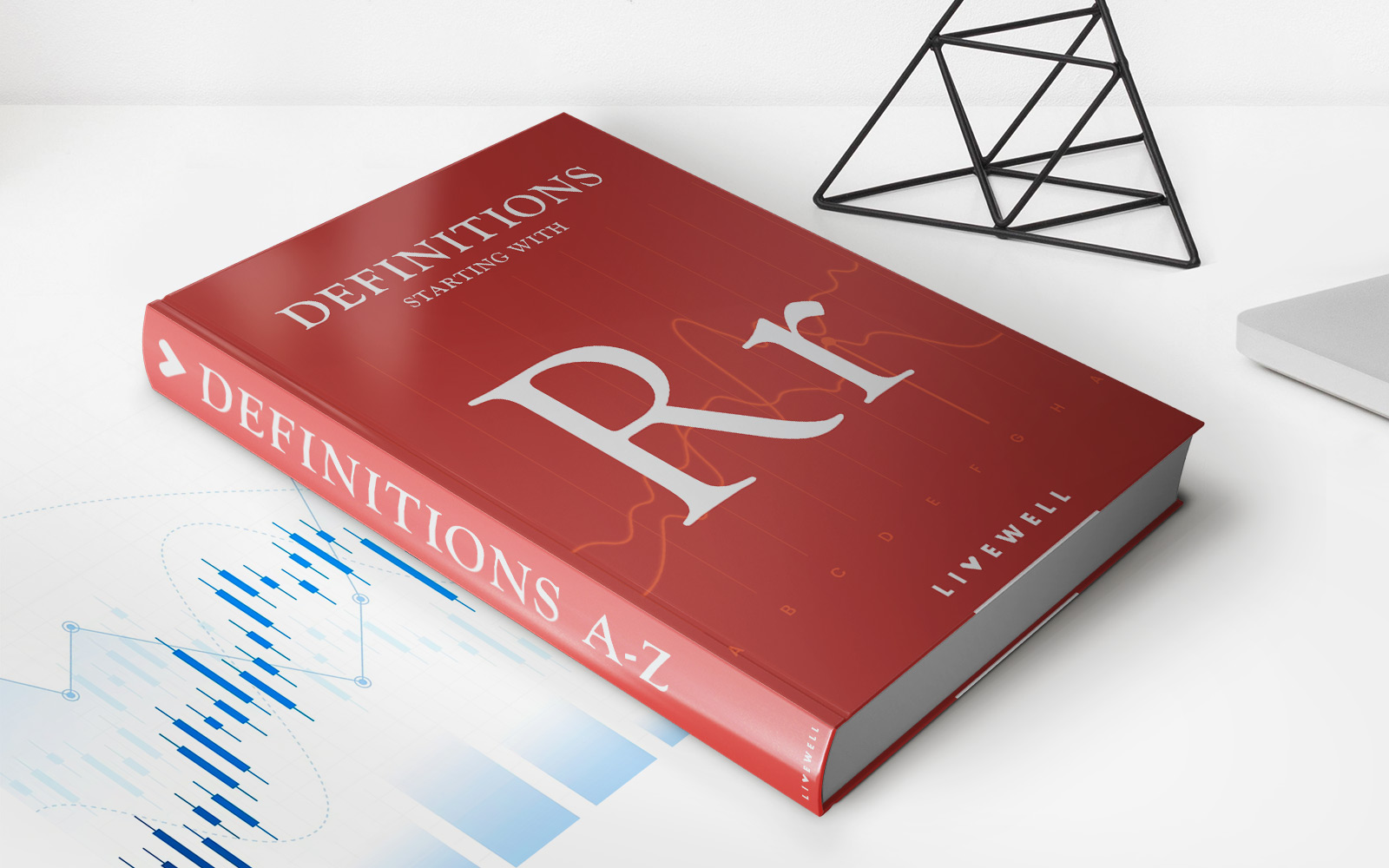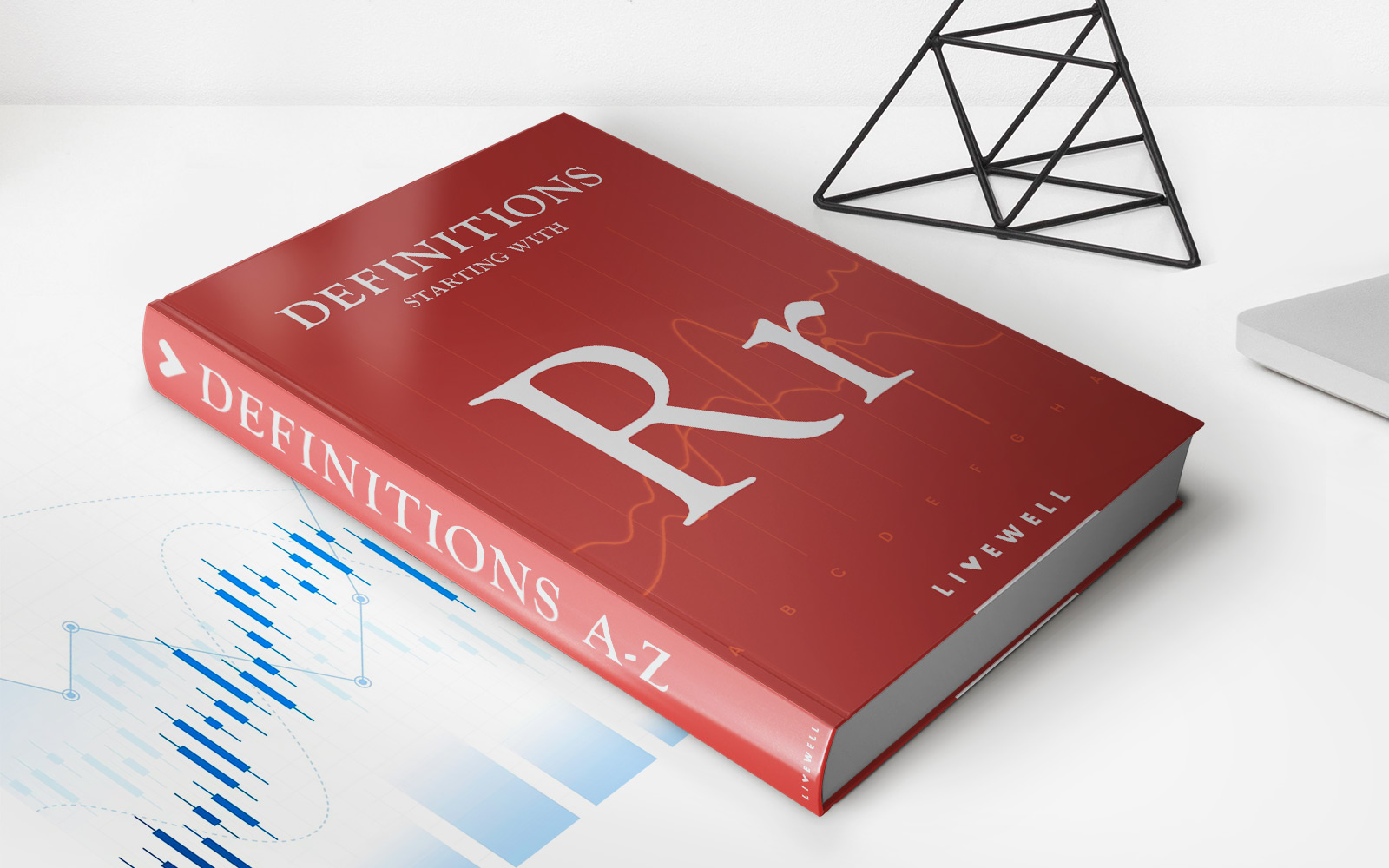

Finance
Distribution Reinvestment Definition
Published: November 12, 2023
Learn the definition of distribution reinvestment in finance and how it can impact your investment portfolio. Discover the benefits and potential drawbacks.
(Many of the links in this article redirect to a specific reviewed product. Your purchase of these products through affiliate links helps to generate commission for LiveWell, at no extra cost. Learn more)
Understanding Dividend Reinvestment: Definition and Benefits
When it comes to managing your finances, it’s essential to explore all the options available to maximize your investments. One such option is dividend reinvestment, a practice that allows investors to automatically reinvest their dividends back into the same financial asset. In this blog post, we will dive deeper into dividend reinvestment, providing a clear definition and explaining the benefits it offers to investors.
Key Takeaways:
- Dividend reinvestment involves automatically reinvesting dividend payouts back into the same financial asset.
- By reinvesting dividends, investors can take advantage of compounding returns and potentially increase their overall investment value over time.
What is Dividend Reinvestment?
Dividend reinvestment is a strategy where instead of receiving cash payments from dividends, investors choose to reinvest those dividends back into the same asset. Most commonly associated with stocks, dividend reinvestment allows shareholders to acquire additional shares of the same stock, using the dividends received to purchase the new shares.
This process is typically facilitated through dividend reinvestment plans (DRIPs), which are offered by various companies and mutual funds. DRIPs provide the framework for automatically reinvesting dividends, ensuring a seamless and consistent reinvestment strategy for investors.
The Benefits of Dividend Reinvestment
Dividend reinvestment offers several benefits to investors, making it an attractive option for those looking to grow their investments:
- Compounding Returns: By reinvesting dividends, investors can take advantage of the power of compounding returns. Over time, the reinvested dividends generate additional dividends, which are then used to purchase more shares. This process repeats, resulting in a snowball effect that can potentially increase the overall value of the investment.
- Automatic and Convenient: Dividend reinvestment plans make the process of reinvesting dividends automatic and hassle-free for investors. Once set up, investors can enjoy the benefits of compounding returns without the need for manual reinvestment.
- Cost Efficiency: Dividend reinvestment often comes with minimal or no transaction fees, making it a cost-effective strategy for investors. Instead of paying fees associated with buying new shares, investors can utilize the dividends received to acquire additional shares without incurring additional costs.
- Long-Term Growth: Dividend reinvestment can be particularly beneficial for long-term investors. By consistently reinvesting dividends over a prolonged period, investors have the potential to accumulate a larger investment portfolio, which may result in greater wealth accumulation over time.
While dividend reinvestment offers numerous advantages, it’s essential to consider individual financial goals, risk tolerance, and the specific characteristics of each investment before deciding to pursue this strategy. Consulting with a financial advisor can help evaluate if dividend reinvestment aligns with your overall investment objectives.
In Conclusion
Dividend reinvestment is a strategy that allows investors to harness the power of compounding returns by automatically reinvesting dividends back into the same financial asset. It offers various benefits, including the potential for long-term growth, cost efficiency, and convenience. By understanding and utilizing dividend reinvestment as part of your investment strategy, you can potentially maximize your returns and achieve your financial goals more efficiently.
